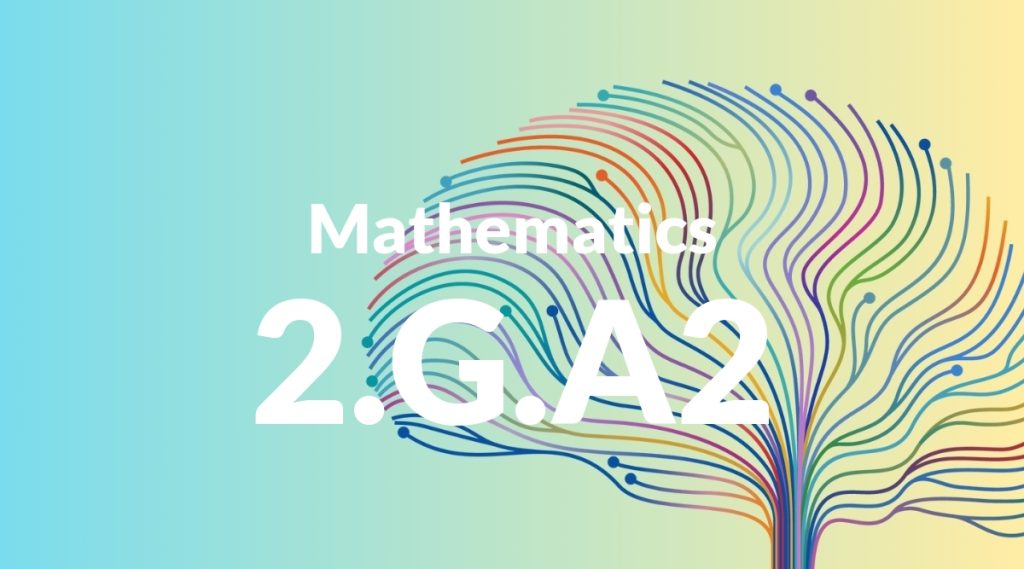Standard: 2.G.A2 – Partition a rectangle into rows and columns of same-size squares and count to find the total number of them.
Grade level: Grade 2
Subject: Mathematics
Domain: Geometry
Teacher Overview
This standard focuses on helping students understand how to partition rectangles into equal-sized squares and count them. This foundational skill is crucial for later understanding of area and perimeter, and it helps students develop spatial reasoning and problem-solving skills. Students should be familiar with counting, addition, and the basic properties of rectangles and squares. They should also understand the concept of rows and columns.
Mastering this standard will prepare students to understand and calculate area and perimeter, and to apply these concepts to real-world situations involving space and measurements.
Common Misconception 1
Some students might think that all partitions must be horizontal or vertical, which limits their understanding of the flexibility in partitioning shapes.
Intervention 1
Provide hands-on activities where students can experiment with different ways to partition rectangles, using tools like grid paper or manipulatives.
Common Misconception 2
Another common misconception is that the squares do not need to be the same size, leading to incorrect counting.
Intervention 2
Use visual aids to show why equal-sized squares are necessary and provide practice with partitioning rectangles using equal-sized squares.
Prerequisite Knowledge
Students should understand basic counting, simple addition, and the concept of rows and columns. They should also be familiar with the properties of rectangles and squares.
Subsequent Knowledge
Students will develop the ability to understand area and perimeter, and how to calculate them. They will also learn to apply these concepts to solve real-world problems involving space and measurements.
Instructional Activities
- Using grid paper to partition rectangles
- Hands-on activity with square tiles
- Drawing and coloring partitioned rectangles
- Interactive games that involve partitioning shapes




